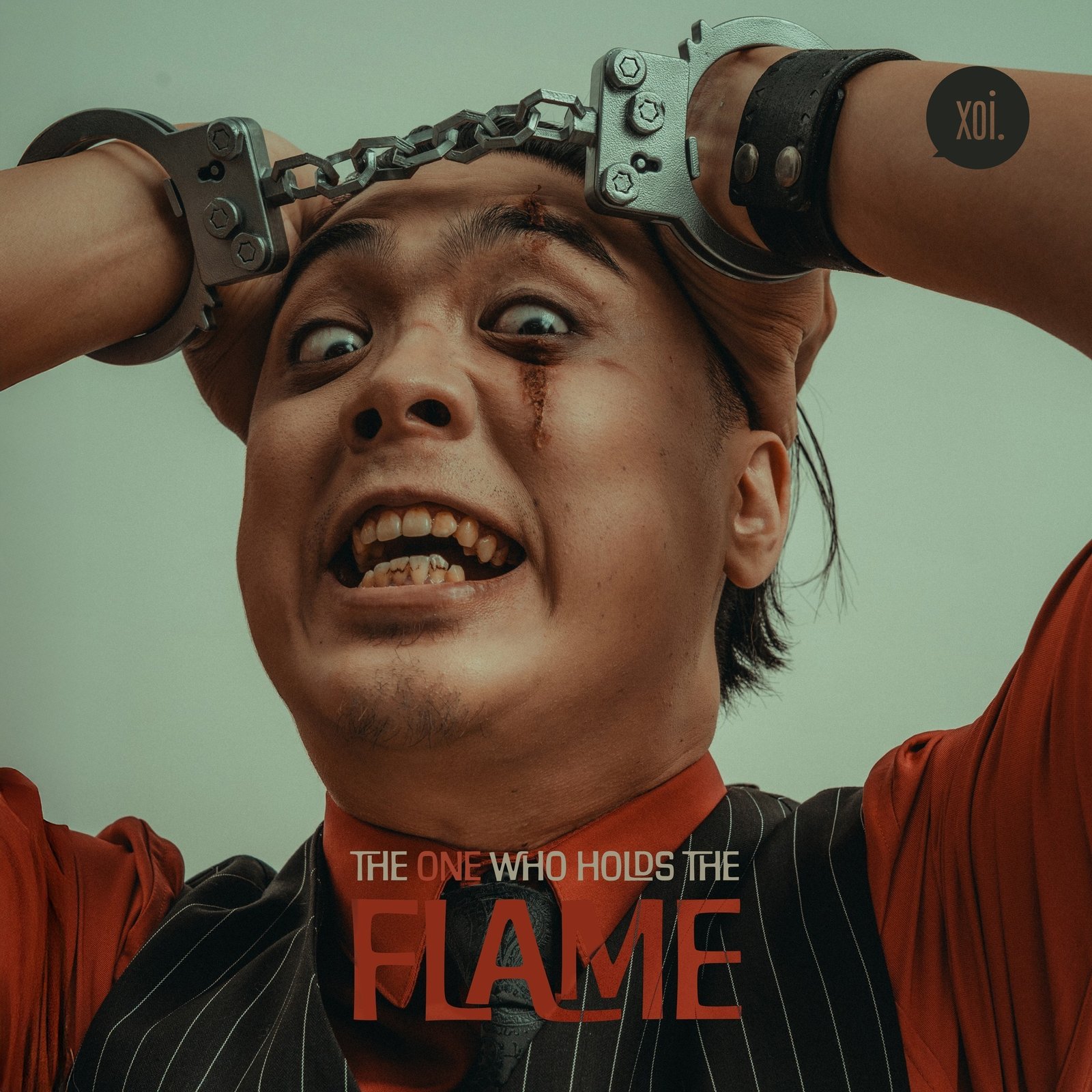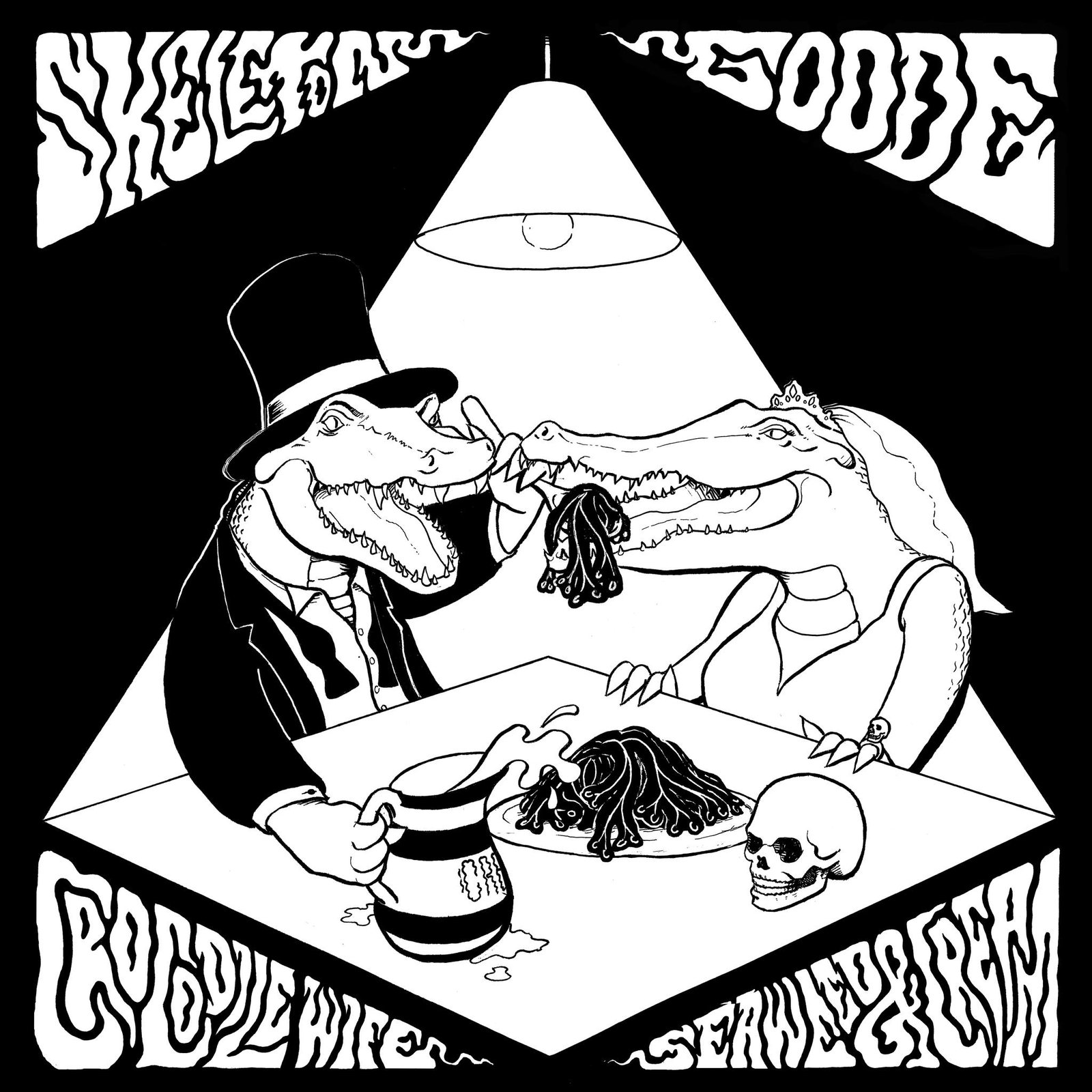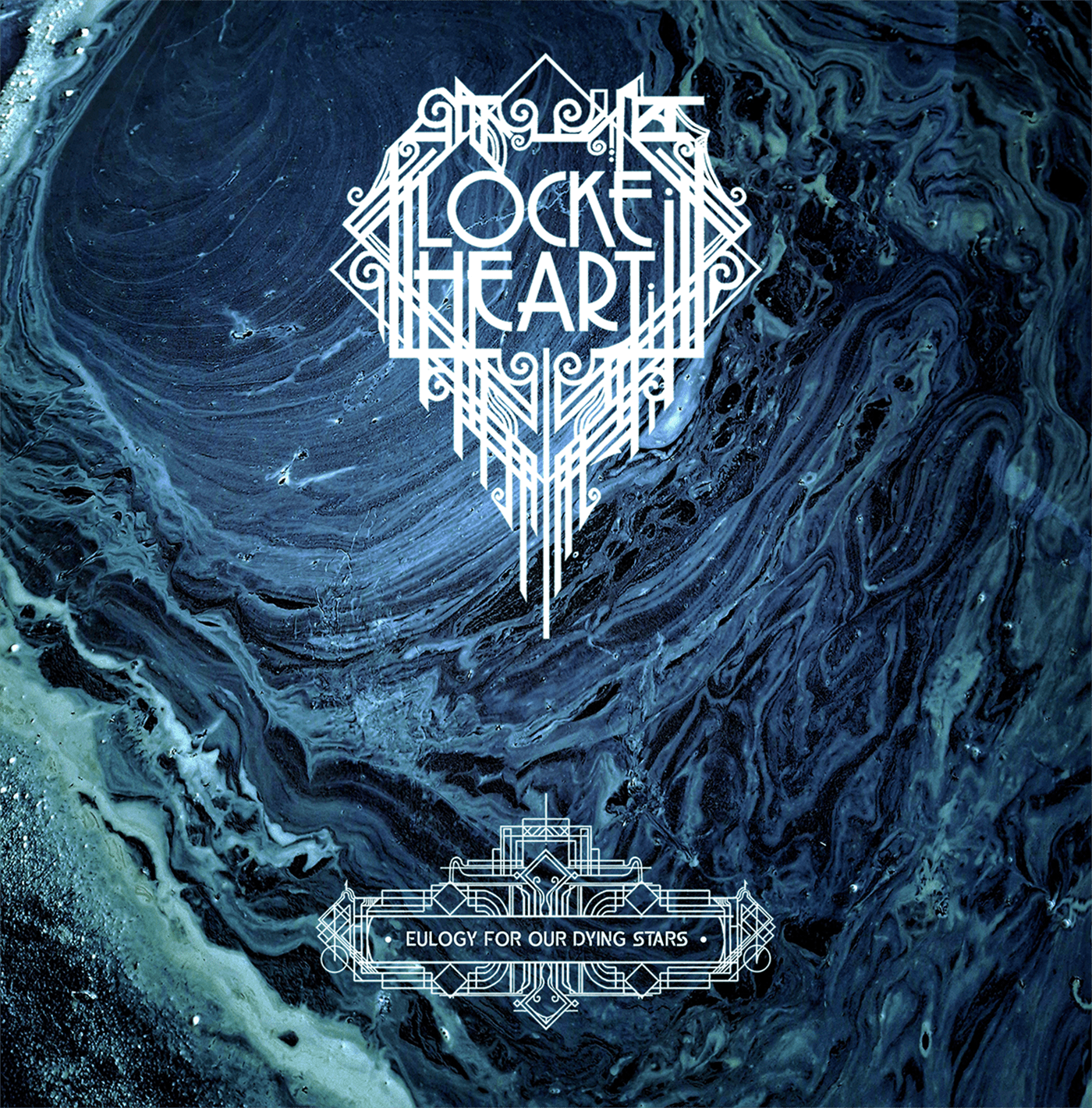Điều đầu tiên cần hiểu về XOI là: dự án này không cần (và không muốn) được hiểu – ít nhất là không theo kiểu gắn nhãn thể loại hay đóng khung. Dự án, đặt tại Thành phố Hồ Chí Minh, gần như chỉ xoay quanh một người: Nguyễn Tấn Cường, nhạc sĩ, nhà soạn nhạc, nhà sản xuất và ca sĩ chính. Và mặc dù âm thanh thay đổi qua từng bài hát, cảm xúc ẩn chứa bên trong vẫn không hề dao động. Có một dòng xuyên suốt sự u ám, nặng nề và nội tâm tạo nên bản sắc cho album đầu tay "Người Giữ Ngọn Lửa" này, ngay cả khi những ảnh hưởng âm nhạc được thể hiện một cách tự do.
Hãy gọi nó là alt-rock, darkwave, industrial, Americana, hay bất cứ thứ gì khác—nó sẽ chẳng bao giờ thực sự phù hợp. Có lẽ đó mới là điểm mấu chốt. Cường không chạy theo xu hướng hay cộng đồng người hâm mộ. Đây là một album cá nhân, được tạo ra dựa trên quan điểm cá nhân, và nó mang lại cảm giác như vậy.
Một người, cả bộ máy
Điều đáng nể nhất ở “The One Who Holds The Flame” là: nó nghe đầy đặn, thống nhất và chắc tay – dù phần lớn đều do một người thực hiện. Cường không chỉ viết và thể hiện hầu hết các phần nhạc; anh còn tự sản xuất, tự xây dựng thế giới âm thanh của nó từ những mảnh ghép DIY (do-it-yourself) đầy tinh tế.
Nghe không hề lo-fi, nhưng cũng không hề bị dàn dựng quá đà. Bản phối cho phép mọi thứ được tự do bay bổng - các lớp synth, hiệu ứng giọng hát, guitar và các yếu tố ambient hòa quyện vào nhau mà không hề lấn át lẫn nhau. Mọi thứ được sắp xếp đều toát lên cá tính riêng. Khoảng nghỉ giữa các nốt quan trọng không kém gì chính các nốt đó.
Một Cú Trượt Chậm – Và Một Khởi Đầu Mạnh
Hai track mở đầu, “Make Believe” và “You”, ngay lập tức tạo nên bầu khoogn khí cho album. Ẩn chứa bên trong là một cơn giận dữ được kiềm chế, một kiểu thất vọng âm ỉ, âm ỉ, lan tỏa qua những đoạn guitar u ám và giọng hát sâu lắng, đầy kịch tính không thể nhầm lẫn của Cường. Cách truyền tải không hề khoa trương, nhưng lại đầy uy quyền, lạnh lùng, đôi khi thậm chí còn thì thầm, nhưng luôn tràn đầy cảm xúc.
Những bài hát này không hướng đến sự phức tạp. Chúng được xây dựng dựa trên tâm trạng, sự lặp lại và sự kiên nhẫn. Nhưng điều đó không có nghĩa là chúng thiếu sức mạnh. Bạn có thể cảm nhận được điều đó qua sự kiềm chế - nỗi oán giận, giọng điệu đau đớn của điều gì đó chưa nói ra, và sự tự tin không giải thích quá mức.

Từ Mập Mờ Đến Rực Cháy
Album chuyển hướng nhẹ nhàng với "The Light of Day", mang đến âm thanh lớn hơn mà không phá vỡ bầu không khí. Nhìn chung, nó tươi sáng hơn, nhưng vẫn đầy căng thẳng. Yếu tố nổi bật ở đây là sự phân lớp giọng hát, gần như mang tính hợp xướng, mang đến cho bài hát một thang bậc cảm xúc lớn hơn nhiều so với thời lượng thực tế. Thêm vào đó là một đoạn solo guitar phức tạp, được sắp xếp hợp lý, và bạn sẽ có một trong những khoảnh khắc giàu sáng tác nhất trong album.
Từ đó, "You Have Me" trở nên mạnh mẽ hơn. Bài hát mở đầu bằng một đoạn shuffle rock cổ điển nhưng dần chuyển sang một thứ gì đó ồn ào và hỗn loạn hơn. Giọng hát của Cường thậm chí chạm vào growl – và thật hiệu quả. Không hẳn là metal, nhưng cũng không cần phải là metal. Năng lượng đã đủ – và sự dồn nén được xử lý hiệu quả.
Ngọn lửa ở trung tâm
Ca khúc chủ đề, The One Who Holds The Flame, chính là điểm neo cảm xúc của toàn bộ album. Có một nền tảng post-punk rõ ràng ở đây—những đường bass chặt chẽ, tiếng trống dồn dập, và giọng hát lạnh lùng quen thuộc. Nhưng nó mở ra trong phần điệp khúc với cấu trúc giống như sự tan vỡ, những đoạn tăng dần căng thẳng và giải tỏa, và những đoạn cao trào, đan xen giữa rock và một chút gì đó kịch tính hơn. Đây là một lựa chọn thông minh cho ca khúc chủ đề—nếu bạn phải chọn một bài hát đại diện cho cảm xúc và nhiệt độ cảm xúc của album, thì đây chính là nó.
Tiếp theo là "The Villain", ca khúc "synth-forward" nhất và rõ ràng mang âm hưởng "industrial" nhất trong album. Ảnh hưởng của "Rammstein" rất rõ ràng, đặc biệt là ở nhịp điệu, cách diễn đạt giọng hát và hiệu ứng động "stop-start". Ca khúc hoành tráng và kịch tính, nhưng không hề mất đi sự tập trung. Sự căng thẳng tăng dần đều xuyên suốt, và đoạn mở đầu cuối cùng được thể hiện một cách hoàn hảo.
Điểm Sáng Trong Bóng Tối
Tiếp theo là "Scars On My Face", ca khúc nhiều tầng lớp và phức tạp nhất về mặt cảm xúc trong album. Nó mang đậm chất điện ảnh, với các yếu tố giao hưởng, những giai điệu chậm rãi, và sự mong manh trong ca từ chạm đến sâu sắc hơn hầu hết các ca khúc khác. Đối với chúng tôi, đây là điểm nổi bật nhất; đó là nơi tầm nhìn của Cường được thể hiện trọn vẹn nhất. Phần sản xuất ở đây đặc biệt đáng chú ý: trong trẻo nhưng không hề khô khan, giàu cảm xúc nhưng không quá lố. Nó cân bằng sự gần gũi với quy mô theo cách mà ít ca khúc nào làm được.
Kết thúc bằng sự hoàn thiện
Album khép lại với hai bản nhạc acoustic: “The Day I Die” và “I’m Dead”. Việc đặt hai bản nhạc này cạnh nhau tạo nên cảm giác khép lại và tuần hoàn cho phần kết. Mặc dù họ lược bỏ phần sản xuất và chuyển sang cấu trúc guitar/hát truyền thống hơn, nhưng họ vẫn cảm thấy như mình thuộc về cùng một thế giới. Đặc biệt, “I’m Dead” mang đến cảm giác kết thúc trọn vẹn, cả về giai điệu lẫn chủ đề.
Nghe xong, ta có cảm giác: những bài hát này luôn được viết để kết thúc album. Không phải để gây bất ngờ, mà là để kết thúc một cách xứng đáng – bằng không khí, không cần tiếng nổ.
Nhẹ nhàng, có chủ đích và sâu sắc cá nhân
"The One Who Holds The Flame" không hề hào nhoáng. Nó không hề tranh giành sự chú ý. Nhưng đó chính xác là lý do tại sao nó hiệu quả. Mỗi bài hát đều có ý đồ, một sức hút cảm xúc lặng lẽ nhưng nhất quán, xứng đáng để nghe trọn vẹn cả album. Một bản nhạc u ám, nhưng không hề vô hồn—nhịp điệu của nó chậm rãi nhưng đều đặn.
Có lẽ nó sẽ không lọt vào các danh sách phát lớn. Nó cũng có thể không được lan truyền rộng rãi trên các kênh phản hồi. Nhưng nếu bạn dành đủ thời gian để thưởng thức nó, bạn sẽ thấy rất nhiều điều đáng trân trọng, đặc biệt nếu bạn coi trọng việc sáng tác nhạc không phụ thuộc vào khuôn mẫu hay ràng buộc thể loại.
Điều này không dành cho tất cả mọi người, nhưng đối với những ai yêu thích bóng tối, những người đánh giá cao âm nhạc được sáng tác theo phong cách riêng của nghệ sĩ thì nó rất đáng để dành thời gian.
Đánh giá: 7/10




